I arrived home six pounds heavier after three weeks in Sicily. That is the weight of a gallon of milk. Eight cans of beer. Or a small Yorkshire Terrier. I could try blaming the Cerebrus heatwave on my filthy granita habit and lack of almost any bodily movement (and it didn’t help) but the reality is this: Sicily is the fantastical realm they say it is and stupendously beautiful. And the food is even better.
Roman, Arab, French, Greek and North African influences spectacularize every meal. Almond milk granita is spooned into glistening brioche rolls before you can wipe the sleep from your eyes. Chocolate cannoli appear out of nowhere at breakfast. Arancini oozes globs of molten cheese in a manner that’s, quite frankly, sexy.
When an entire loaf of bread, lovingly hand baked with ancient grains, appears midway through a tasting menu, you can hardly say no. If somebody’s sweet old nonna wants you to try her pasta alla norma when you’ve already eaten, you do it. Denying yourself such pleasures is no use (and no fun); for every pistachio snack resisted, another will appear. You must accept feeling squidgy, and embrace the epicurean adventure, worthy of all the hyperbole. Slow travel lets you soak up the subtle regional differences, like simple panini differing from one town to the next. Who are you to deny yourself the chance to find your favorite?
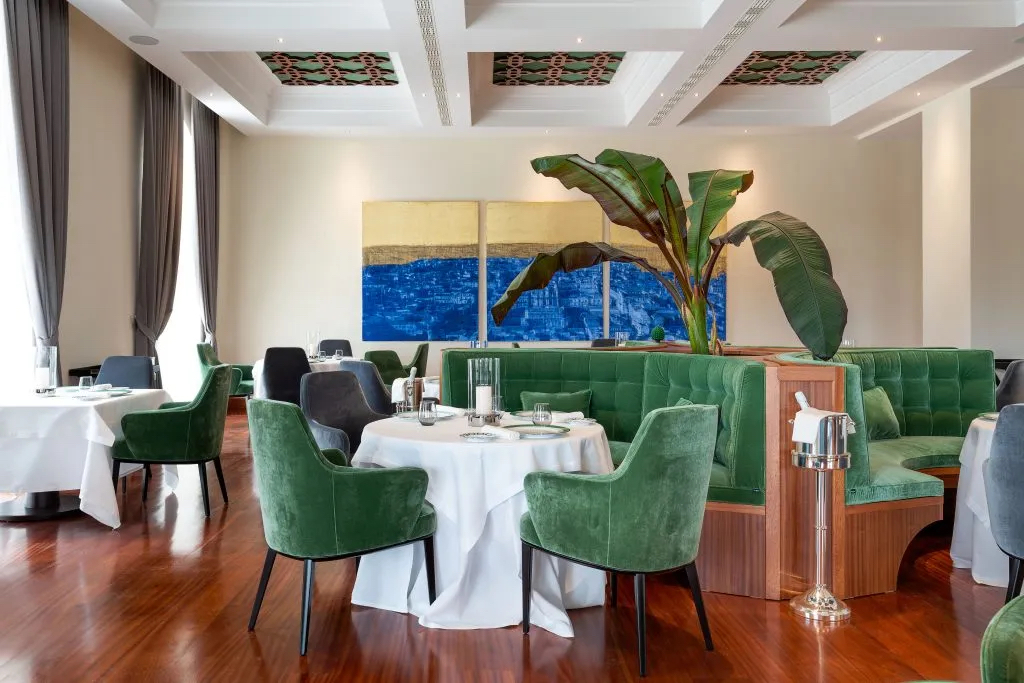
I’d used the travel site OMIO to plot my gluttonous summer escapade; that website is my new best friend when it comes to booking planes, trains and automobiles. It told me that trains run north to south and back again, stopping at one east coast food hub after another.
I plotted a sleepy arc through the south, to the baroque towns of Ortigia, Noto, Modica and Ragusa, collectively rebuilt in the same style after they were flattened by an earthquake in 1693. Syracuse sits less than an hour away from Catania airport by bus or train, a 2,700-year-old city once the most powerful in the ancient Greek world. Instagrammers tend to skip right through to the island of Ortigia, in search of photogenic alleyways, boutiques and the eponymous fragrance shop.
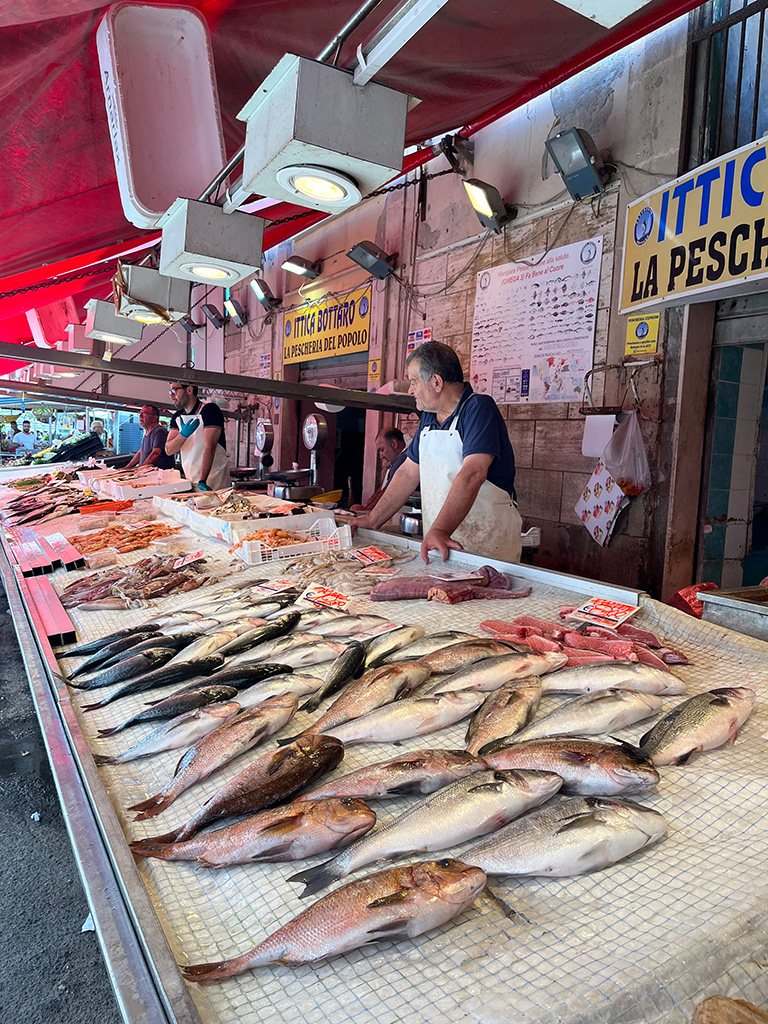
My base was Stella in Ortigia by Wish Sicily, a one-bedroom duplex with a huge wraparound terrace looking out to the water. Set within an aristocratic palazzo, interiors are homely and laid back, perfect for staying a week (there’s a sofa bed for kids, though this escape is a romantic one). The microwave, dishwasher and outdoor barbecue are handy but should go unused, if you’re doing things properly. It’s all about carbs, on-the-go; ricotta is splurged into giant croissants, hole-in-the-wall bakeries fling out mortadella and pistachio focaccia slabs the size of your head. The line at Caseificio Borderi, an iconic sandwich spot, snakes around the corner.
Manila, a travel designer from a company called Emotional Sicily, vetted my endless “to eat” list. She led a friend and me through the folkloric Mercato di Ortigia, dodging fish guts as sellers traded loudly in gruff Sicilian. We stopped at the Arethusa Fountain, detailing the myth of Arethusa and Alpheus (boy meets girl, girl gets transformed into a freshwater spring). “At this southern point we have access to the Ionian Sea and the Mediterranean Sea… isn’t it amazing to see the different colors meet?”
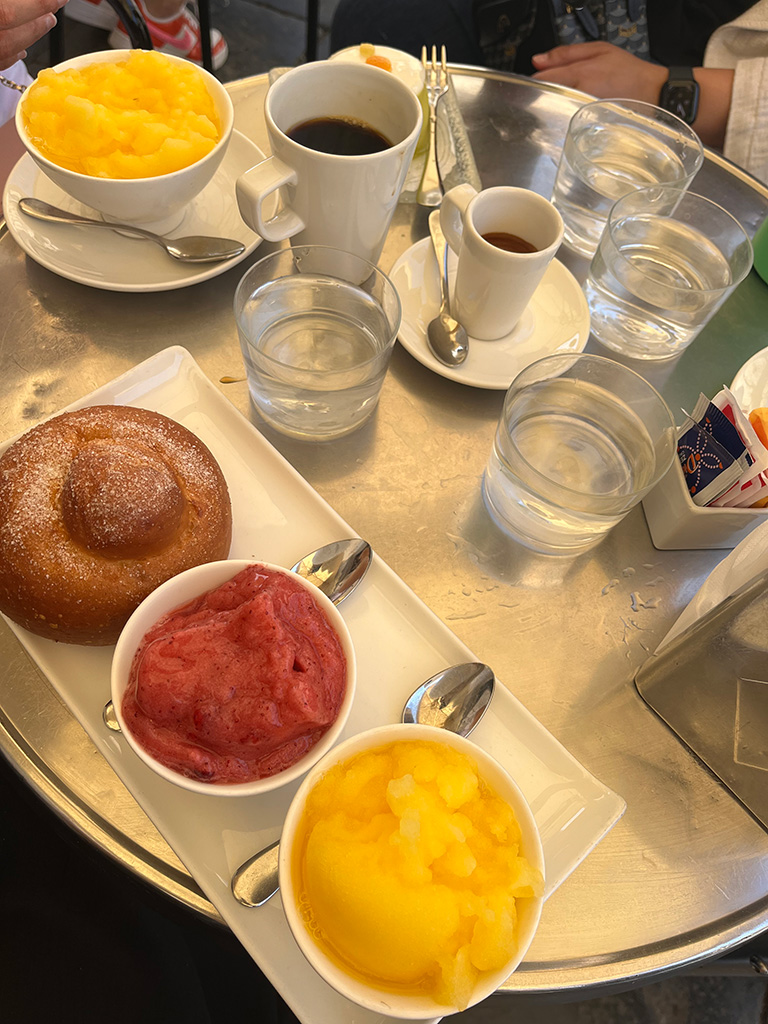
Full of oysters spritzed with gin, I lay horizontal between meals. One evening I met beloved chef Giovanni Guarneri, heading up restaurant Don Camillo since 1985. Peeking out from an alleyway near the beautiful Fontane di Diane, this institutional spot is atmospheric, all tufa walls full of secrets. It doesn’t have a wine list, but a wine book — a literal, thick book, detailing 700 bottles. Noto almond purée with shrimp in a cuttlefish ink crust, and tuna steak with green and red pepper preserves are delicious, if a little dated. That’s because they are: the tasting menu cycles through the restaurant’s historic dishes. The shrimp are revived from 2005, the tuna back from when I was requesting the Spice Girls at school discos.
Next on my baroque ’n‘ roll tour, Noto, towered over by the imposing eighteenth-century Noto Cathedral. More sun-kissed stone buildings, more piazzas, more food — and the sancta sanctorum of confection, Caffè Sicilia. A glorious Chef’s Table episode solidified fourth-generation pastry maestro Corrado Assenza’s fame, but he never needed it. He pointed at the raspberry juice stains soaking his apron, nodding politely at our broken Italian. “Don’t worry, my wife is incredible. Somehow, they come out every time.”
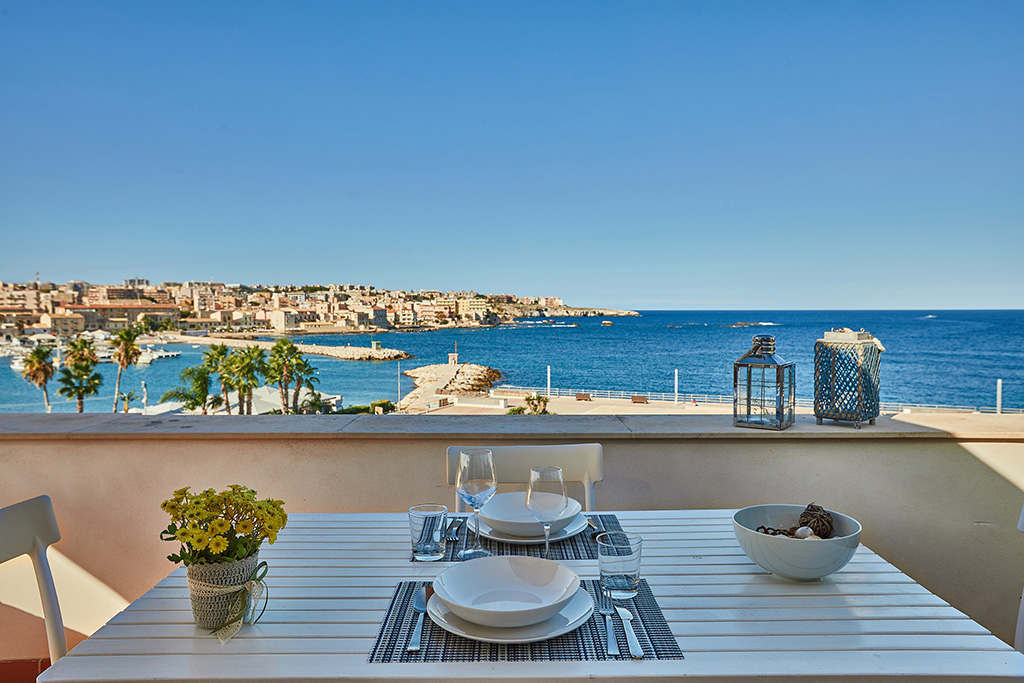
Cassata is obligatory — sponge cake and ricotta cream artfully encased in pistachio marzipan — alongside cappuccino ghiacciato, an iced coffee with almond milk granita. This ice, flavored and crushed, is ubiquitous, but Chef Assenza’s is life-changing, any alternative a bad imitation. Subtle, always natural; his flavors like coffee, mulberry and lemon are never too sweet or too bright. On Manila’s recommendation we trundled uphill to Crocifisso, the Michelin-approved fine dining spot near the church of the same name. Nearby, you can stop at painstakingly restored Castelluccio Palace, stacked with arts d’objet and owned by French filmmaker and tycoon Jean Louis Remillieux. Falling into the restaurant (that heatwave stepping up a gear) we were delighted to find it smart, but relaxed. Kids on the next table slurped huge bowls of probably the best pasta in the world. We shrugged off slightly aloof service with the help of excellent wine pairings and Spaghettone “Mancini” — thick pasta strands drenched in demi sel butter from Normandy.
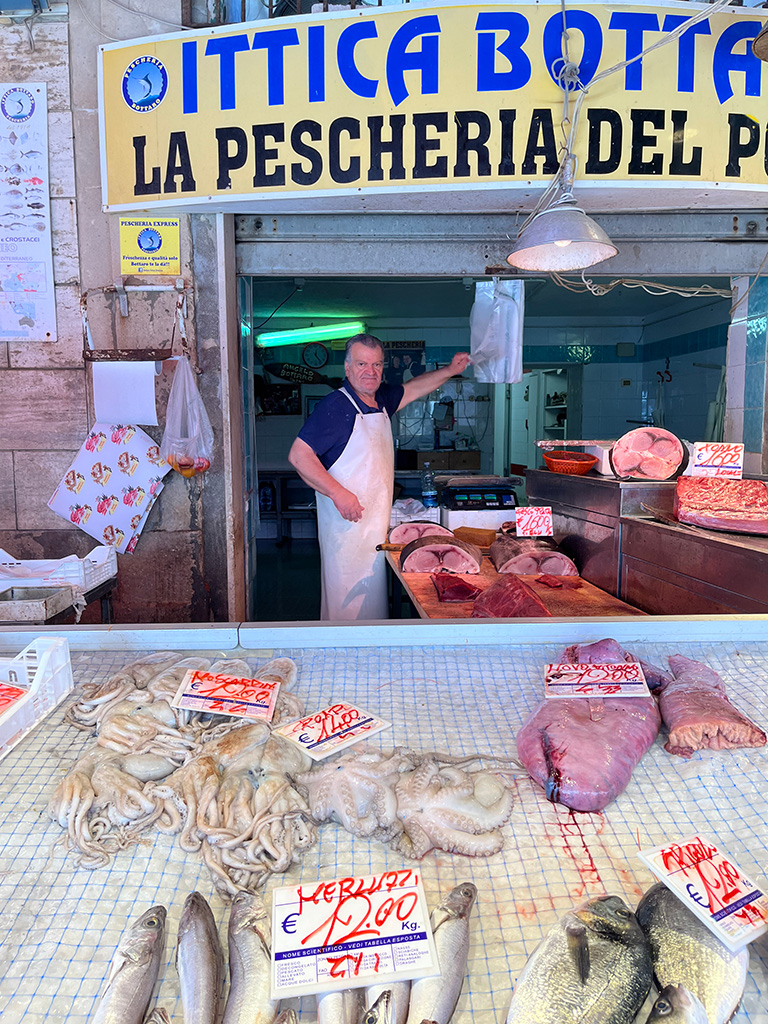
When temperatures creep up to 107°F, not much can be done but lie prostrate. We commandeered sun loungers at luxury resort Il San Corrado di Noto, which counts a ten-minute free shuttle to town (and crucially, Caffè Sicilia) among its charms. I entered a heat-induced fugue state at poolside Mediterranean restaurant Casa Pasta, ordering parmigiana and veal Milanese, and three Syracusa Spritzes — a beautiful, oh-so-Italian mix of Spumante Siciliano, soda, lemon, Mandorle bitter, Sicilian sparkling wine, soda, lemon and almonds.
We alternated between the huge “green pool” by the bar — so still it seemed a shame to disturb the water — and the stylish “one hundred blue,” designed for lengths absolutely no one was attempting. Breakfast is a downright bacchanal: hams, cheeses, smoked salmon and à la carte dishes jostling alongside fruit platters, pastries, pancakes and plenty of bubbles.
If Ortigia and Noto are the primi and secondi of this trip (making time for Ragusa Ibla and Marzamemi, the perfect contorni) Unesco-protected Modica is the dolce. Famous for producing chocolate like nowhere else, using authentic Aztec methods, you can smell the sugar on the wind. Intensely steep, winding stairs lead from tiny hotels and B&Bs down into the deep valley, where boutique shops and osterias line a dried up river. We called Casa Talia home; our favorite hotel of all.
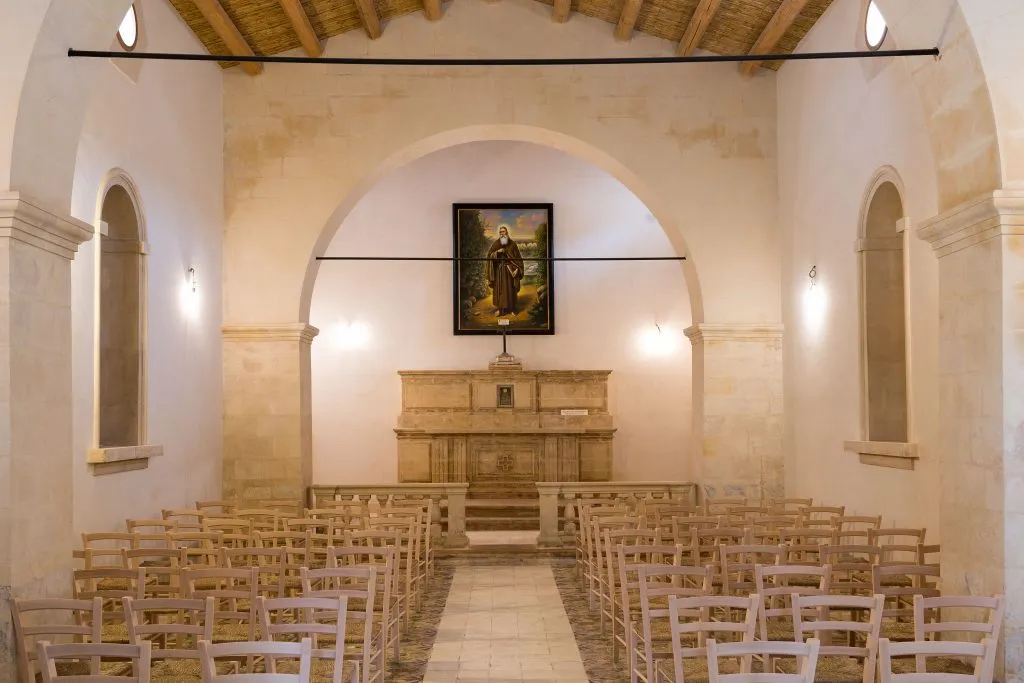
Perched way up high, the views are astonishing, thousands of warm yellow street lamps studding the hills. Guests are joined for breakfast on the sun-dappled, grassy terrace by architect-cum-hotelier Marco, looking out at the Cathedral of San Giorgio over yonder. “For me this was a life choice, not a business,” he said, ordering homemade almond milk to accompany our coffees while proffering his fig jam. Plum, lemon and mint juice appeared as he showed off the seasonality of his breakfast menu. The tables are shaded by trees: one pomegranate, one orange, one fig, one walnut and three all-important alberos bearing olive oil. We crunched bread alla Norma while a singer’s voice echoed hauntingly from somewhere across the way. Church bells ringing, wind rustling the leaves, and the sightseeing train puffing around the valley painted an idyllic picture.
Casa Talia is the definition of hidden gem; Marco and his wife Viviana started buying up small, standalone neighboring houses on the same road twenty years ago, gradually turning each into a freestanding hotel room that blends mod cons with rustic splendor. They built winding alleyways to connect them all, leading guests to the breezy breakfast area. A cave-like reading nook and dining room are carved into thick rock, uneven surfaces painted dazzling white. The hotel would be unreachable without the road Marco’s team built from scratch (and it’s still a challenge), adding to the totally secluded feel.
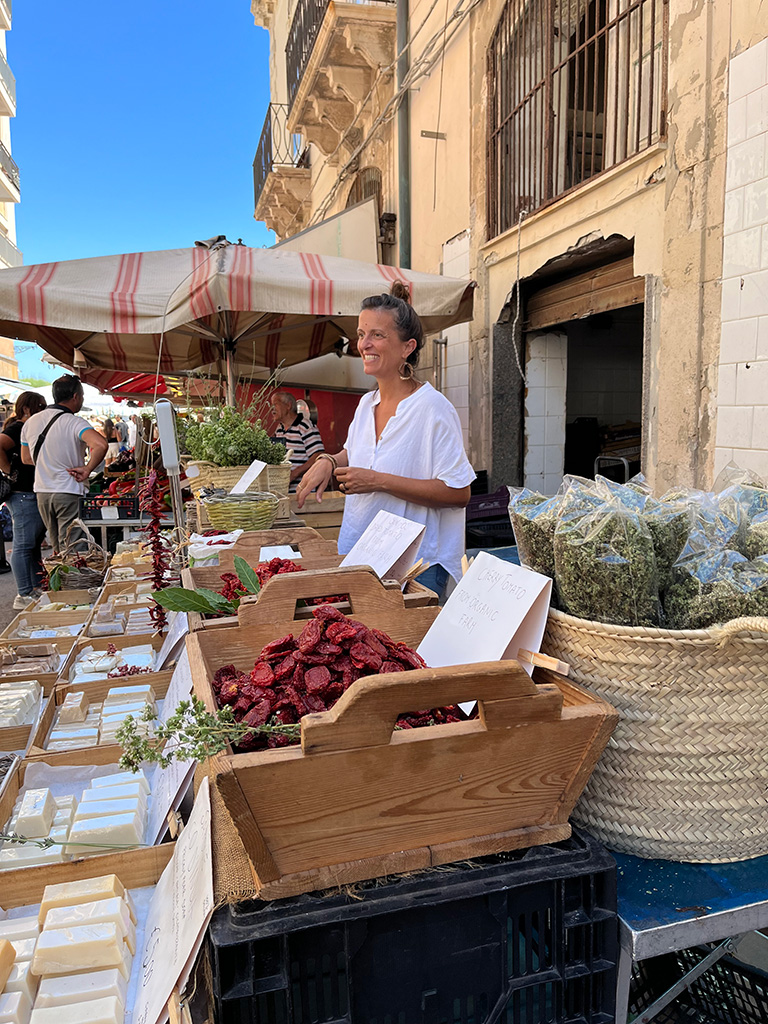
“I think seasonal is the new luxury,” Marco added, gesturing at his garden’s bounty laid across the table. Antica Dolceria Bonajuto sells the best authentic chocolate, he insisted (“there are so many places you can buy it. But this is the one”), and pointed out countless places for a quick lunch. An unassuming bar-cum-bakery confirmed that bread rolls really are different in every town. On his (and Manila’s) recommendation, we wandered down to Radici, easily the best meal, centered around local cow’s cheese, carob, olive oil and citrus. There’s amberjack carpaccio, broad beans with octopus and wild fennel, tagliatelle with rabbit ragout. “I could eat this all day,” said my friend, with a mouth full of fried tomato pasta, cooked upside down. “That’s been on the menu since we opened,” a waitress nodded.
Marco insisted on giving us a proper send off, dinner at Osteria dei Sapori Perduti, his favorite. But with one caveat. “I have given up pasta! I want to feel lighter. For one week, I’ve been strong!” He ordered for the table — antipasto, tomato salad, parmigiana, ravioli, and tagliolini with pureed broad beans. His resolution inevitably broken, we mocked him gently, then ensured it was done properly, con gusto.



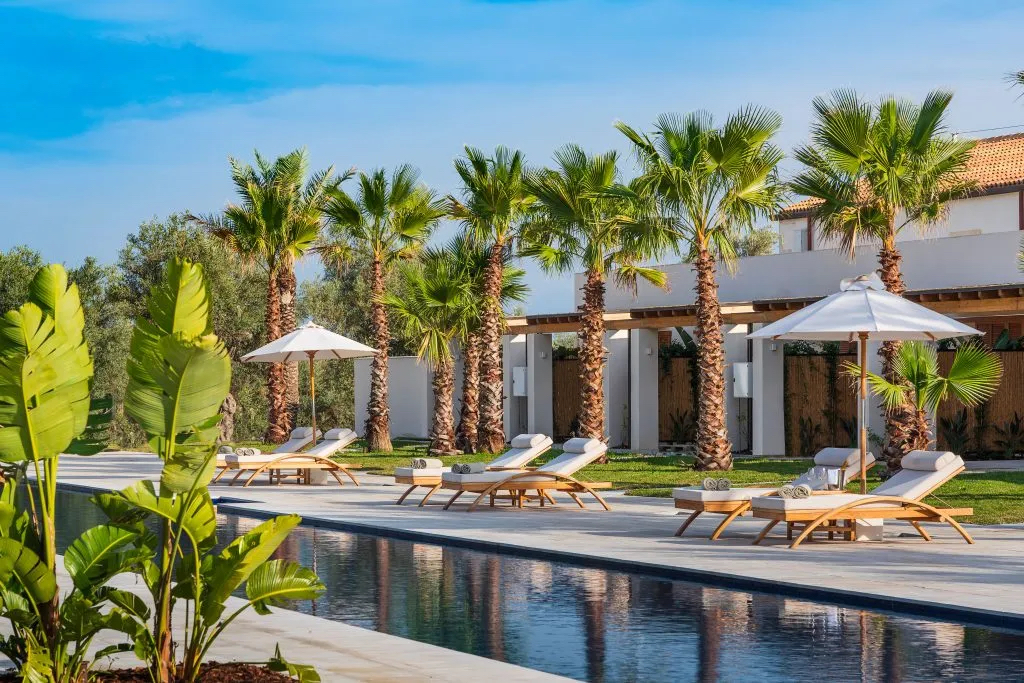







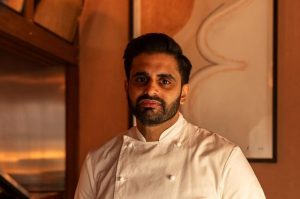

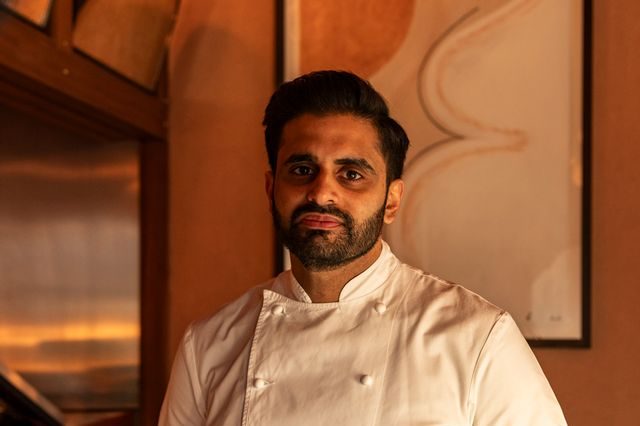



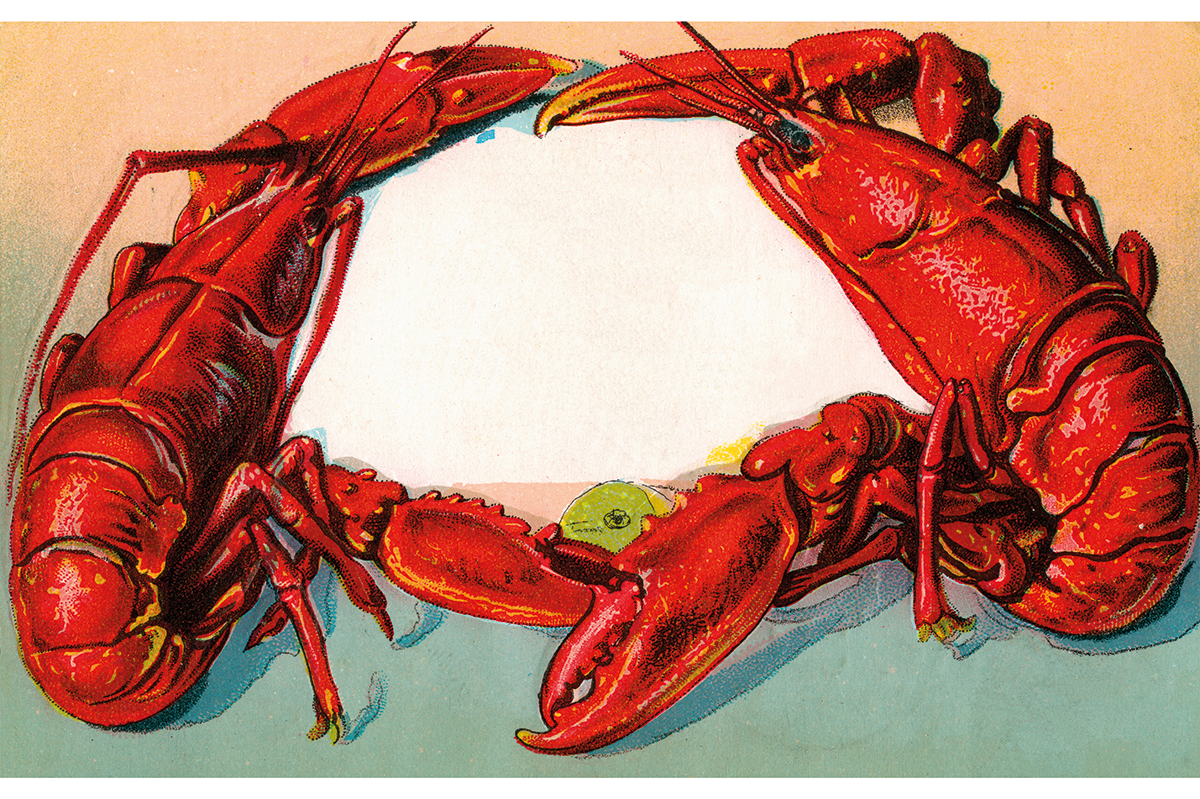
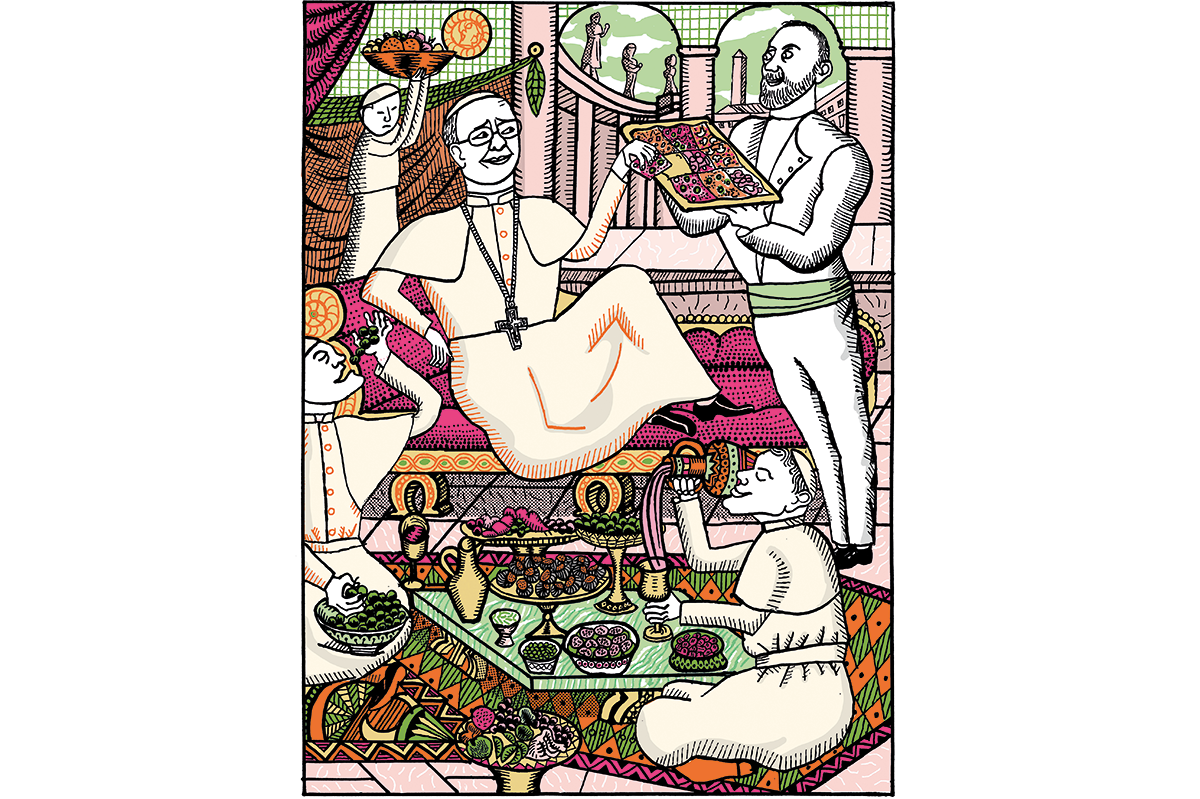







Leave a Reply